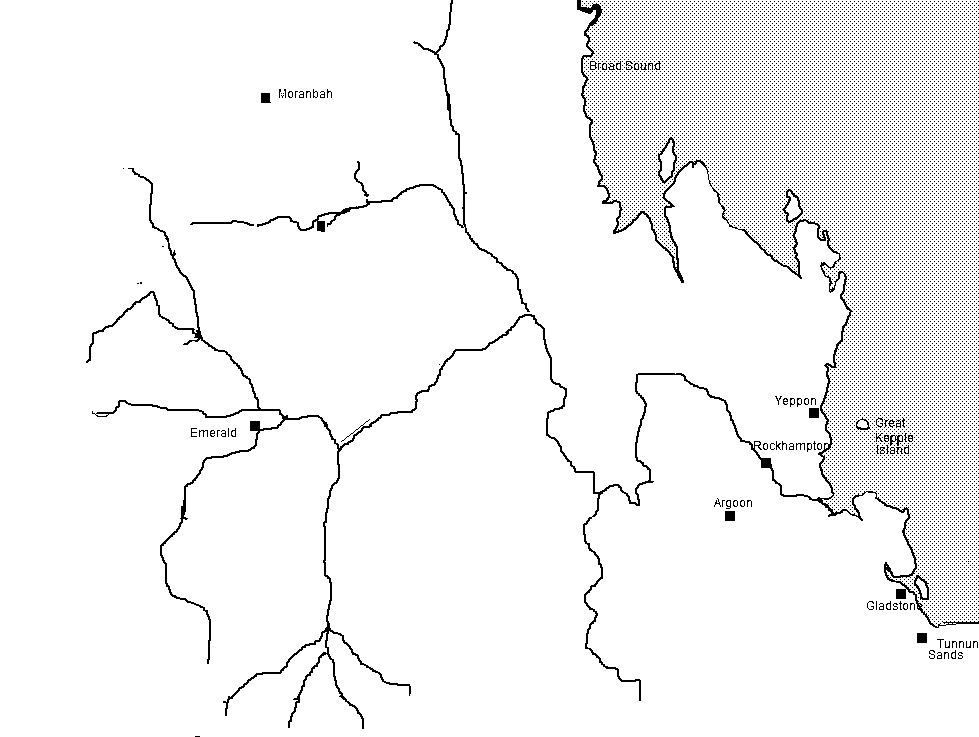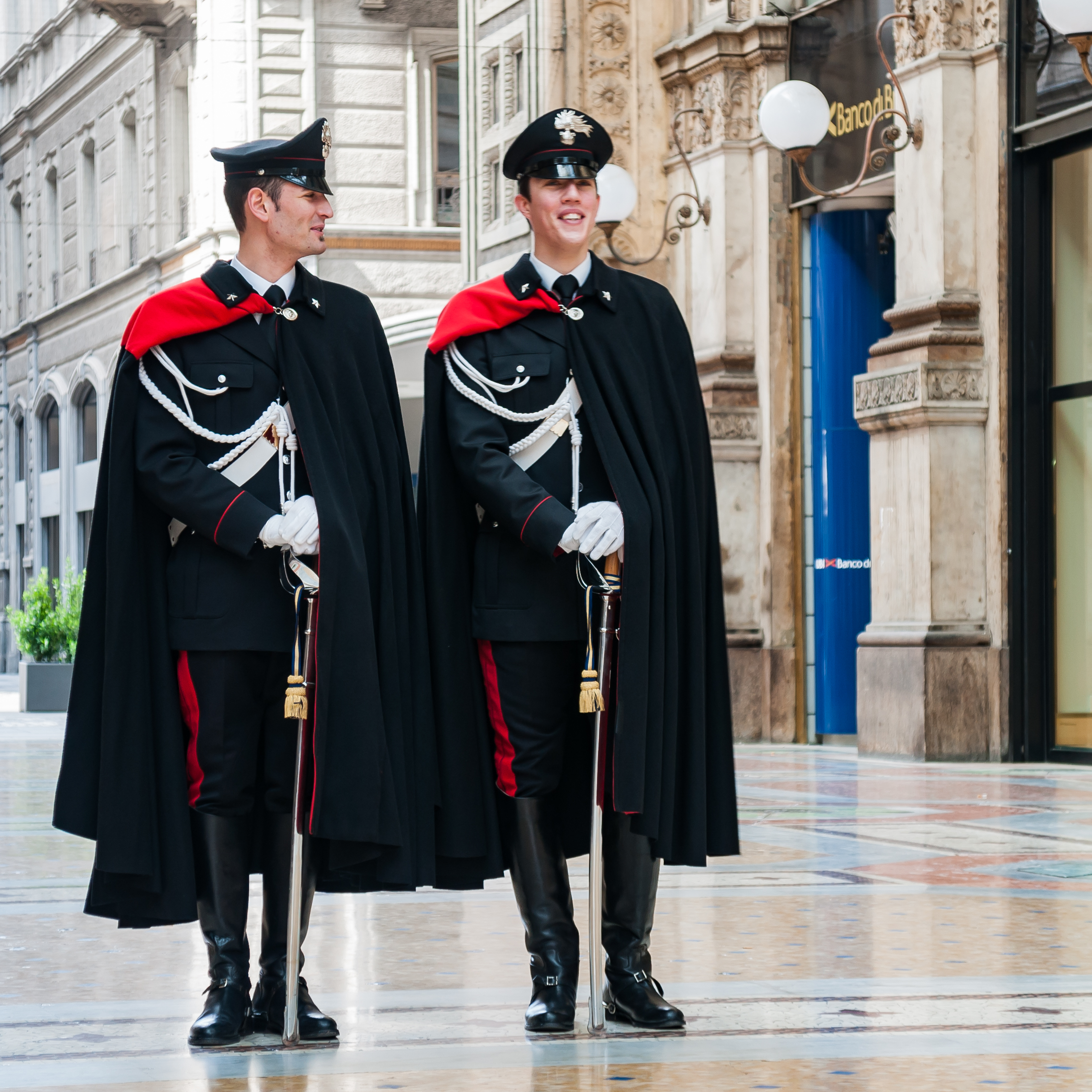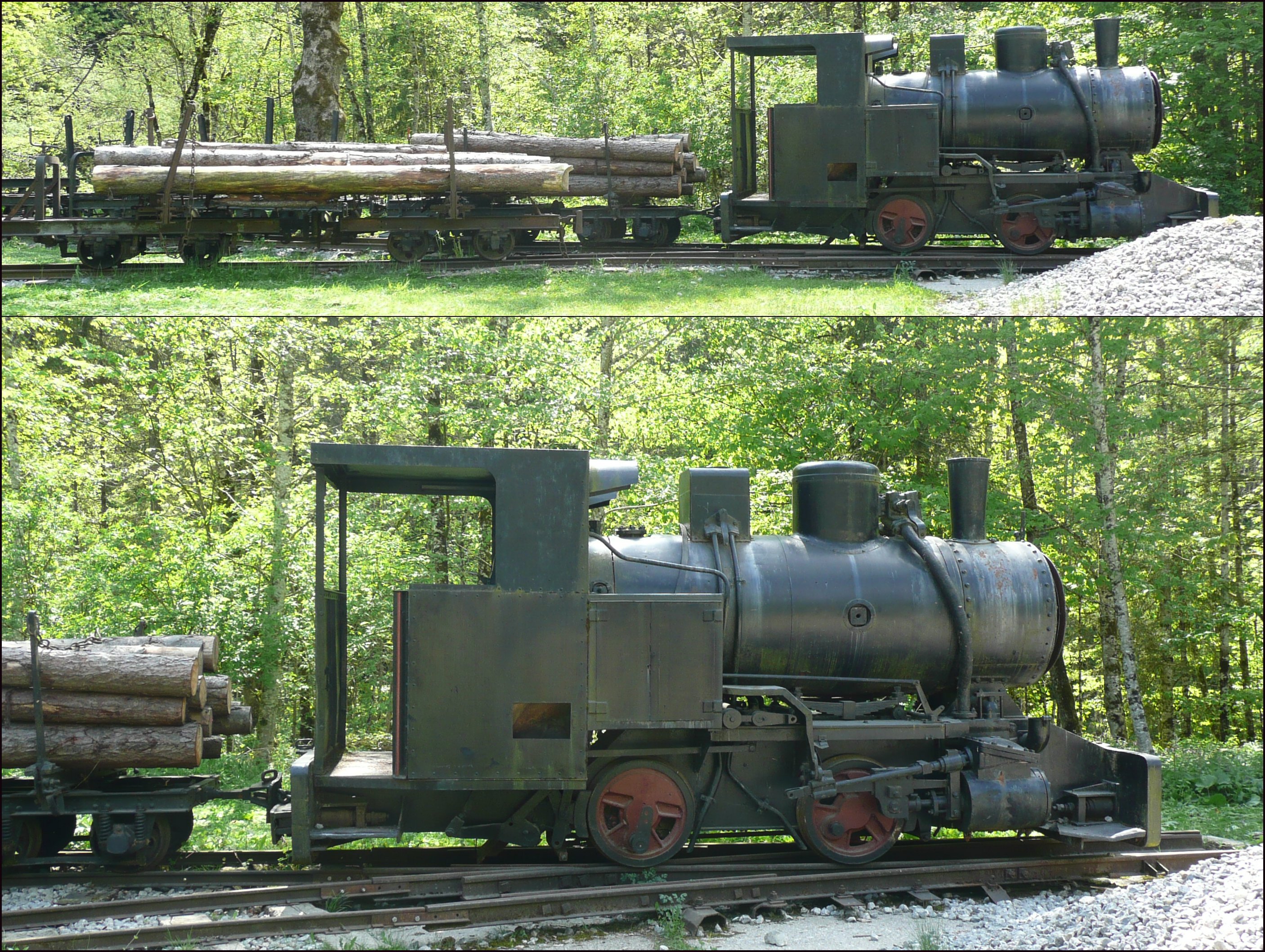|
Cape Capricorn Light
Cape Capricorn Light is an active heritage-listed lighthouse located on Cape Capricorn, a coastal headland on the northeast point of Curtis Island, in Gladstone Region, Central Queensland, Australia. The lighthouse, constructed in 1964, is the third at this site, following a timber frame lighthouse constructed in 1875 and a concrete lighthouse constructed around 1937.. and report construction in 1936, but plans from the National Archives of Australia clearly show 1937 as the date. It was added to the Queensland Heritage Register on 31 August 2001. History First lighthouse The separation of the colony of Queensland from New South Wale took place with the signing of Letters Patent by Queen Victoria in 1859. The need for pilot assistance accessing the mouth of Fitzroy River and the Port of Rockhampton necessitates the construction of a pilot station on Curtis Island. The first permanent station was established on Cape Capricorn as early as 1861. Though it was moved to Grassy ... [...More Info...] [...Related Items...] OR: [Wikipedia] [Google] [Baidu] |
Cape Capricorn
Cape Capricorn is a coastal headland on Curtis Island, Gladstone Region, Queensland, Australia. It was named by Captain Cook when he passed on 25 May 1770, since he found it to be located on the Tropic of Capricorn (which was located at 23°28′15″ in 1770). The modern surveyed location of its endpoint is just slightly south of the present tropic. Heritage listings Cape Capricorn has a number of heritage-listed This list is of heritage registers, inventories of cultural properties, natural and man-made, tangible and intangible, movable and immovable, that are deemed to be of sufficient heritage value to be separately identified and recorded. In many i ... sites, including: * North eastern tip of Curtis Island: Cape Capricorn Light Lighthouse A lighthouse was first established on the Cape in 1875. The current lighthouse, dating from 1964, is the third built on the site. The lighthouse, like most along the Queensland coast, is automated. View References Exter ... [...More Info...] [...Related Items...] OR: [Wikipedia] [Google] [Baidu] |
Fitzroy River (Queensland)
The Fitzroy River ( Darumbal: ''Toonooba'') is a river located in Central Queensland, Australia. Its catchment covers an area of , making it the largest river catchment flowing to the eastern coast of Australia. It is also the largest river basin that discharges onto the Great Barrier Reef. Course and features Formed by the confluence of the Mackenzie and Dawson rivers that drain the Expedition Range and the Carnarvon Range respectively, the Fitzroy River rises near Duaringa and flows initially north by east, then northward near the Goodedulla National Park. The river then flows in an easterly direction near the Lake Learmouth State Forest and parallel with the Bruce Highway through the settlement of , before turning south to where the river is crossed by the Bruce Highway. After flowing through Rockhampton, the river flows south by east past the Berserker Range past Humbug Point to the south of the Flat Top Range and eventually discharging into Keppel Bay in the Cora ... [...More Info...] [...Related Items...] OR: [Wikipedia] [Google] [Baidu] |
Cantilever
A cantilever is a rigid structural element that extends horizontally and is supported at only one end. Typically it extends from a flat vertical surface such as a wall, to which it must be firmly attached. Like other structural elements, a cantilever can be formed as a beam, plate, truss, or slab. When subjected to a structural load at its far, unsupported end, the cantilever carries the load to the support where it applies a shear stress and a bending moment. Cantilever construction allows overhanging structures without additional support. In bridges, towers, and buildings Cantilevers are widely found in construction, notably in cantilever bridges and balconies (see corbel). In cantilever bridges, the cantilevers are usually built as pairs, with each cantilever used to support one end of a central section. The Forth Bridge in Scotland is an example of a cantilever truss bridge. A cantilever in a traditionally timber framed building is called a jetty or forebay. In t ... [...More Info...] [...Related Items...] OR: [Wikipedia] [Google] [Baidu] |
Cape Capricorn - Concrete Tower-Engine House
A cape is a clothing accessory or a sleeveless outer garment which drapes the wearer's back, arms, and chest, and connects at the neck. History Capes were common in medieval Europe, especially when combined with a hood in the chaperon. They have had periodic returns to fashion - for example, in nineteenth-century Europe. Roman Catholic clergy wear a type of cape known as a ferraiolo, which is worn for formal events outside a ritualistic context. The cope is a liturgical vestment in the form of a cape. Capes are often highly decorated with elaborate embroidery. Capes remain in regular use as rainwear in various military units and police forces, in France for example. A gas cape was a voluminous military garment designed to give rain protection to someone wearing the bulky gas masks used in twentieth-century wars. Rich noblemen and elite warriors of the Aztec Empire would wear a tilmàtli; a Mesoamerican cloak/cape used as a symbol of their upper status. Cloth and clothing wa ... [...More Info...] [...Related Items...] OR: [Wikipedia] [Google] [Baidu] |
Incandescent Gas Mantle
file:Glowing gas mantle.jpg, A Coleman Company, Coleman white gas lantern mantle glowing at full brightness An incandescent gas mantle, gas mantle or Welsbach mantle is a device for generating incandescent bright white light when heated by a flame. The name refers to its original heat source in Gas lighting, gas lights which illuminated the street lighting, streets of Europe and North America in the late 19th century. ''Mantle'' refers to the way it hangs like a cloak above the flame. Gas mantles were also used in portable camping lanterns, Kerosene lamps#Pressure lantern, pressure lanterns and some oil lamps. Gas mantles are usually sold as fabric items, which, because of impregnation with metal nitrates, burns away to leave a rigid but fragile mesh of metal oxides when heated during initial use; these metal oxides produce light from the heat of the flame whenever used. Thorium dioxide was commonly a major component; being radioactive, it has led to concerns about the safety of ... [...More Info...] [...Related Items...] OR: [Wikipedia] [Google] [Baidu] |
Tramway (industrial)
Tramways are lightly laid railways, sometimes with the wagons or carriages moved without locomotives. Because individual tramway infrastructure is not intended to carry the weight of typical standard-gauge railway equipment, the tramways over which they operate may be built from less substantial materials. Tramways can exist in many forms; sometimes just tracks temporarily placed on the ground to transport materials around a factory, mine or quarry. Many, if not most, use narrow-gauge railway technology. The trains can be manually pushed by hand, pulled by animals (especially horses and mules), cable hauled by a stationary engine, or use small, light locomotives. The term is not in use in North America but in common use in the United Kingdom, and elsewhere, where British Railway terminology and practices had large influences on management practices, terminology, and railway cultures such as Australia, New Zealand, and those parts of Asia that consulted with British experts whe ... [...More Info...] [...Related Items...] OR: [Wikipedia] [Google] [Baidu] |
Winch
A winch is a mechanical device that is used to pull in (wind up) or let out (wind out) or otherwise adjust the tension of a rope or wire rope (also called "cable" or "wire cable"). In its simplest form, it consists of a spool (or drum) attached to a hand crank. Traditionally, winches on ships accumulated wire or rope on the drum; those that do not accumulate, and instead pass on the wire/rope (see yacht photo above), are called capstans. Despite this, sailboat capstans are most often referred to as winches. Winches are the basis of such machines as tow trucks, steam shovels and elevators. More complex designs have gear assemblies and can be powered by electric, hydraulic, pneumatic or internal combustion drives. It might include a solenoid brake and/or a mechanical brake or ratchet and pawl which prevents it unwinding unless the pawl is retracted. The rope may be stored on the winch. When trimming a line on a sailboat, the crew member turns the winch handle with one h ... [...More Info...] [...Related Items...] OR: [Wikipedia] [Google] [Baidu] |
Steamboat
A steamboat is a boat that is propelled primarily by steam power, typically driving propellers or paddlewheels. Steamboats sometimes use the prefix designation SS, S.S. or S/S (for 'Screw Steamer') or PS (for 'Paddle Steamer'); however, these designations are most often used for steamships. The term ''steamboat'' is used to refer to smaller, insular, steam-powered boats working on lakes and rivers, particularly riverboats. As using steam became more reliable, steam power became applied to larger, ocean-going vessels. Background Limitations of the Newcomen steam engine Early steamboat designs used Newcomen steam engines. These engines were large, heavy, and produced little power, which resulted in an unfavorable power-to-weight ratio. The Newcomen engine also produced a reciprocating or rocking motion because it was designed for pumping. The piston stroke was caused by a water jet in the steam-filled cylinder, which condensed the steam, creating a vacuum, which in turn caus ... [...More Info...] [...Related Items...] OR: [Wikipedia] [Google] [Baidu] |
Brisbane
Brisbane ( ) is the capital and most populous city of the states and territories of Australia, Australian state of Queensland, and the list of cities in Australia by population, third-most populous city in Australia and Oceania, with a population of approximately 2.6 million. Brisbane lies at the centre of the South East Queensland metropolitan region, which encompasses a population of around 3.8 million. The Brisbane central business district is situated within a peninsula of the Brisbane River about from its mouth at Moreton Bay, a bay of the Coral Sea. Brisbane is located in the hilly floodplain of the Brisbane River Valley between Moreton Bay and the Taylor Range, Taylor and D'Aguilar Range, D'Aguilar mountain ranges. It sprawls across several local government in Australia, local government areas, most centrally the City of Brisbane, Australia's most populous local government area. The demonym of Brisbane is ''Brisbanite''. The Traditional Owners of the Brisbane a ... [...More Info...] [...Related Items...] OR: [Wikipedia] [Google] [Baidu] |
Cladding (construction)
Cladding is the application of one material over another to provide a skin or layer. In construction, cladding is used to provide a degree of thermal insulation and weather resistance, and to improve the appearance of buildings. Cladding can be made of any of a wide range of materials including wood, metal, brick, vinyl, and composite materials that can include aluminium, wood, blends of cement and recycled polystyrene, wheat/rice straw fibres. Rainscreen cladding is a form of weather cladding designed to protect against the elements, but also offers thermal insulation. The cladding does not itself need to be waterproof, merely a control element: it may serve only to direct water or wind safely away in order to control run-off and prevent its infiltration into the building structure. Cladding may also be a control element for noise, either entering or escaping. Cladding can become a fire risk by design or material. Description Cladding in construction is material applied ov ... [...More Info...] [...Related Items...] OR: [Wikipedia] [Google] [Baidu] |
Queensland Colonial Architect
The Queensland Government Architect is a position within the public service of Queensland, Australia with responsibility for the design of government buildings in Queensland. It was formerly known as the Queensland Colonial Architect. The position is located within the Queensland Department of Housing and Public Works. List of Colonial Architects in Queensland * Charles Tiffin, appointed in December 1859. * Francis Drummond Greville Stanley Francis Drummond Greville Stanley (1839—1897) was an architect in Queensland, Australia. He was the Queensland Colonial Architect. Many of his designs are now heritage-listed buildings. Early life Stanley was born in Edinburgh, Scotland, on 1 ..., appointed in July 1873 * John James Clark, appointed in July 1883 * George St Paul Connolly, appointed acting Colonial Architect in December 1885 following the resignation of John James Clark, appointed Colonial Architect in July 1886 but backdated to January 1886, a position he held until ... [...More Info...] [...Related Items...] OR: [Wikipedia] [Google] [Baidu] |
Cape Capricorn Tower - Structure, 1874
A cape is a clothing accessory or a sleeveless outer garment which drapes the wearer's back, arms, and chest, and connects at the neck. History Capes were common in medieval Europe, especially when combined with a hood in the chaperon. They have had periodic returns to fashion - for example, in nineteenth-century Europe. Roman Catholic clergy wear a type of cape known as a ferraiolo, which is worn for formal events outside a ritualistic context. The cope is a liturgical vestment in the form of a cape. Capes are often highly decorated with elaborate embroidery. Capes remain in regular use as rainwear in various military units and police forces, in France for example. A gas cape was a voluminous military garment designed to give rain protection to someone wearing the bulky gas masks used in twentieth-century wars. Rich noblemen and elite warriors of the Aztec Empire would wear a tilmàtli; a Mesoamerican cloak/cape used as a symbol of their upper status. Cloth and clothing wa ... [...More Info...] [...Related Items...] OR: [Wikipedia] [Google] [Baidu] |









